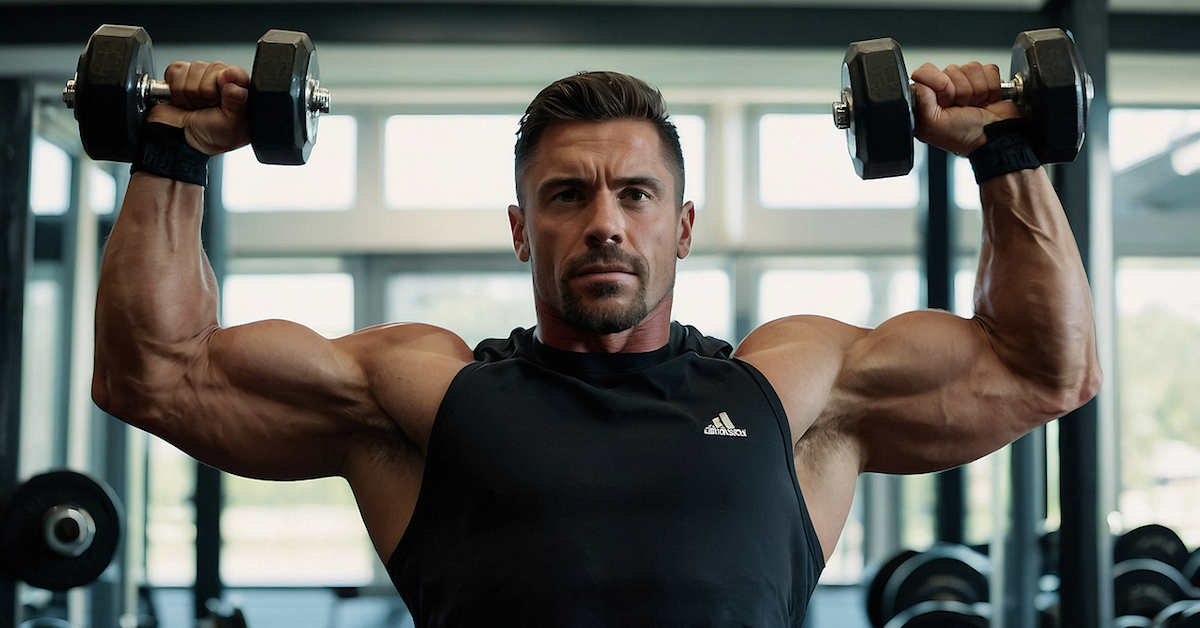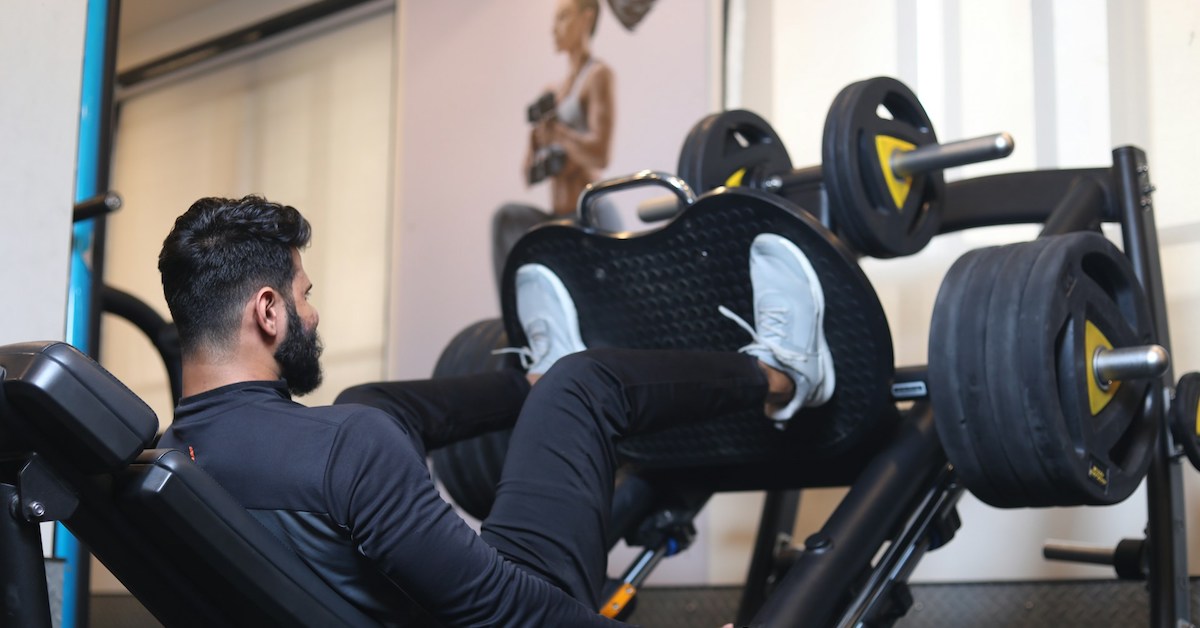When my wife and I bought a new home around 10 years ago, we knew we were going to spend a few dollars on structural upgrades. One of them was an extra foot of ceiling height in the basement so that once my gym was set up, overhead pressing wouldn’t be a problem. That foot cost an extra 22 grand, by the way! But luxuries like hardwood flooring, granite countertops, crown molding, and the like, we decided to hold off until later.
One household item that I didn’t give much consideration to initially was the toilet. Builders will try to save money anywhere they can, and toilets are no exception. I mean, if you passed a kidney stone, you’d clog these things—so you can imagine what it was like on a high-protein and fiber diet!
When the day came to renovate, I made sure that the toilets were on the list. All four bathrooms were outfitted with new, high-end TOTO toilets. Pardon the pun, but these things kick some serious butt! I mean, you could eat bowls of cereal, oatmeal and cream of wheat, a loaf of bread smothered with peanut butter and jelly, and inhale some fruit along with it—you know, the typical breakfast you had in the ‘80s—and it would be no match for these beasts.
The Ultimate Challenge: Unclogging a TOTO
Once in a blue moon, like maybe once a year, you would accomplish the ultimate goal of clogging a TOTO, and once you do, it’s tough to unclog! On a couple of occasions, it’s taken me a few days of hardcore plunging before hearing that sacred “down the drain” sound. Forget battling ropes—you want conditioning? Unclog a TOTO!
Well, it just so happened that on one of those “clogged” occasions, we were expecting guests. My wife was busy cleaning the house, setting the table, getting the kids ready, and making dinner. I had the hard task: unclog the TOTO! After getting an unbelievable arm pump, I decided to go to Home Depot and pick up one of those mega “Fred Flintstone” plungers. When I got back, I threw on a tank top and went to work.
After half an hour of what looked like a CrossFit session, still no success! I needed a different approach. I turned to my computer for help.
A simple internet search on “how to unclog a TOTO toilet” changed my life forever! In a forum post, a plumber mentioned that most people are doing it wrong when they try to unclog a toilet—any toilet. Using brute force with a “big ass” plunger (again, pardon the pun) can make things worse! The trick is to use very short, quick strokes until you see the water vibrating and then pull up on the plunger. Most of the time, the bowl will siphon out when you lift the plunger up and away.
It was worth a shot. So I went over to the toilet, grabbed the scrawny plunger, and used short, quick strokes. As soon as the water started to vibrate, I lifted that “sucker” up, and the toilet unclogged. Just like that! What normally would take hours, even days, was accomplished in seconds! If I had used my brain instead of my brawn, I would have solved this problem much sooner with far less effort.
Short, Quick Strokes for Fast Results
It’s funny because this little incident reminded me of a well-known technique in strength training that’s quite effective for muscle growth. Basically, it involves rapid partial movements at the end of a set to extend the time under tension and induce greater metabolic stress as a stimulus for hypertrophy. And much like a clogged toilet, these short, quick strokes produce fast results!
From old-time champions like Larry Scott and Arnold Schwarzenegger to new-age stars like Ronnie Coleman and Jay Cutler, many professional bodybuilders have used this method in one form or another to pack on muscle. Even YouTube sensation CT Fletcher advocates this form of penitentiary-style lifting.
Back in the day, these quick, partial cramping reps performed at the end of a set were called “burns”—and for obvious reasons. We’ve all done this with calf training, and it burns like hell! But have you ever tried it with bench presses, pull-ups, squats, or even wrist curls?
What the Pros Say About Burns
In The Education of a Bodybuilder, Schwarzenegger states:
The forearm, like the calf, is a hard muscle to reach. Do as many full reps as you can, then continue with partial reps until your forearm is tight and burning. Don’t worry about pain; it means growth… Take a weight you can handle for about 15 full reps. Then push yourself with some partial reps, even if you are able to move the bar only an inch. Do five sets of 15 repetitions and include a few burns at the end of each set.
Fact is, burns can be done on just about any exercise. In Encyclopedia of Modern Bodybuilding, Schwarzenegger expands on this concept:
Continuing to do partial reps when you are too tired to complete full range-of-motion repetitions is a shock method I have always used for almost any muscle in the body, and it is a particular favorite of Dorian Yates. Dorian has done a lot of training where he forced his muscles past the point of momentary failure to almost total exhaustion, using techniques like forced reps and partial reps. Partial reps are most effective at the end of a set, when you are almost exhausted.
Why are burns effective for muscle growth? As stated in the book Reps!:
Burns enable the trainer to continue an exercise when another rep cannot be performed. They keep the blood in the area a few seconds longer. More fibers are recruited and fired off. More growth is stimulated.
Variations of Burns
Steve Holman and Jonathan Lawson of Iron Man Magazine have coined these short, rapid bursts or pulses as “X” reps. They advocate conducting these extra partial reps near the bottom of a movement at the semi-stretch position and only on the last set of any big exercise like presses or squats. The longer tension time can trigger more growth by creating occlusion, or blocked blood flow, which results in a full-blown pump and a number of key anabolic responses.
Many professional bodybuilders have used burns in this manner. Larry Scott, for instance, would perform six full reps of preacher curls to failure with a heavy barbell and then immediately do six partial reps in the bottom position before finishing his set. Scott built some legendary arms with this technique!
Another option is to do burns near the peak-contracted position. Swedish bodybuilding sensation Andreas Cahling used this variation effectively during his competitive years on movements such as leg extensions, leg curls, rows, chins, and pulldowns. In Joe Weider’s Ultimate Bodybuilding, Cahling revealed how well this method worked for him:
To give you an idea of how much benefit I received from incorporating burns into my routines… After eight months of doing burns, I was up to 196 super-hard pounds of dense muscle mass and won my biggest title!
Put Burns to the Test
Try burns in your next workout. Do them at the end of every last set of an exercise to fully exhaust the muscles involved. Do them in the bottom range, in the top range, at your sticking point, or simply in mid-range. At the end of the day, I don’t think it really matters where you do them as long as you prolong the time under tension until there’s nothing left in the tank.
Typically, these end-of-set partials are only a few inches in range and should be done for 6-10 reps—less than six and you’re wimping out, more than ten means you should’ve been able to perform one more full-range repetition before “burning” out!
Deadlifts are one exception where burns may not be appropriate, but you can use them on squats—just make sure to set the safety rods appropriately. Of course, a spotter is always handy!
Training is no different than unclogging a toilet. You want to get the most results with the least amount of effort and time. So take the plunge with burns! I’m not saying that they won’t kick the “crap” out of you, but you can expect fast results. When all your effort in the gym is in the toilet, use short, quick strokes to get things moving again.



